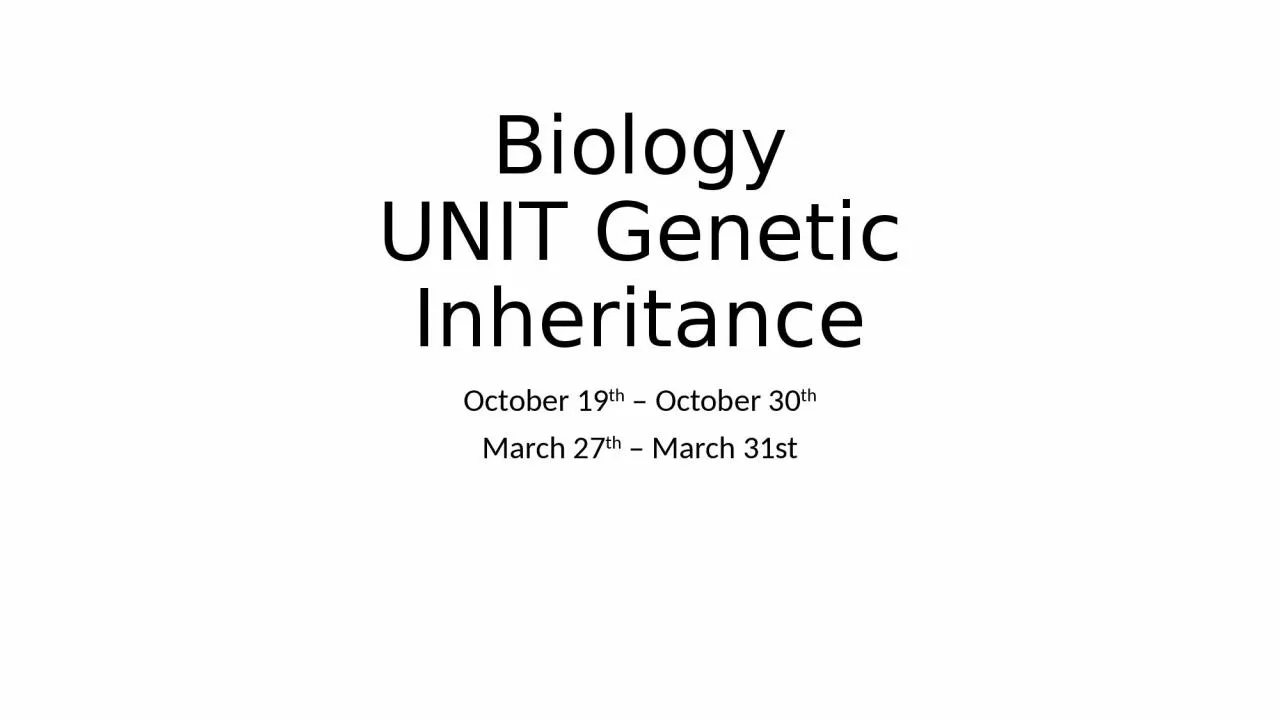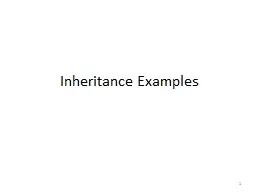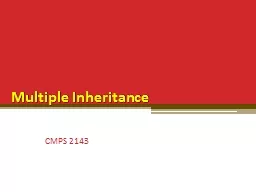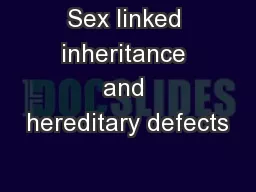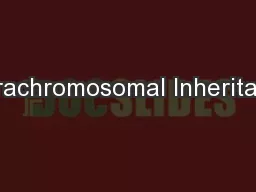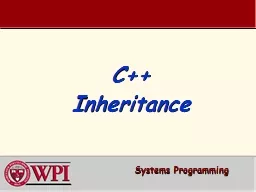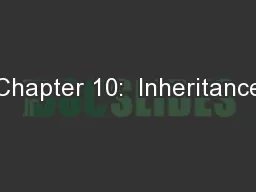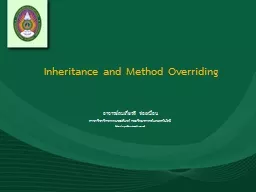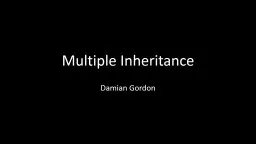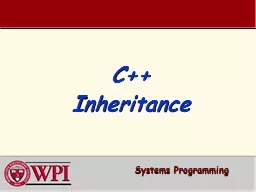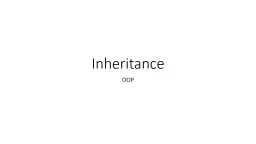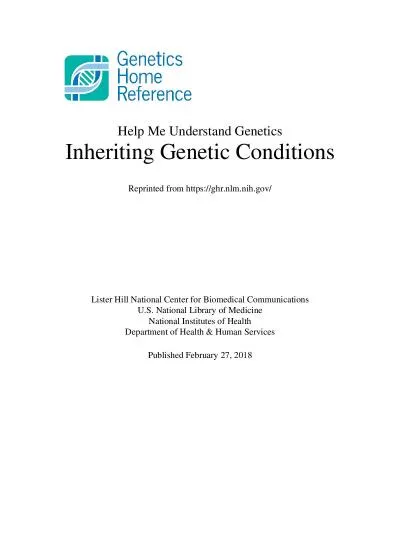PPT-Biology UNIT Genetic Inheritance
Author : CantTouchThis | Published Date : 2022-07-28
October 19 th October 30 th March 27 th March 31st Female Karyotype Karyotype the complete set of chromosome in the cells of an organism Homologous chromosomes
Presentation Embed Code
Download Presentation
Download Presentation The PPT/PDF document "Biology UNIT Genetic Inheritance" is the property of its rightful owner. Permission is granted to download and print the materials on this website for personal, non-commercial use only, and to display it on your personal computer provided you do not modify the materials and that you retain all copyright notices contained in the materials. By downloading content from our website, you accept the terms of this agreement.
Biology UNIT Genetic Inheritance: Transcript
Download Rules Of Document
"Biology UNIT Genetic Inheritance"The content belongs to its owner. You may download and print it for personal use, without modification, and keep all copyright notices. By downloading, you agree to these terms.
Related Documents

